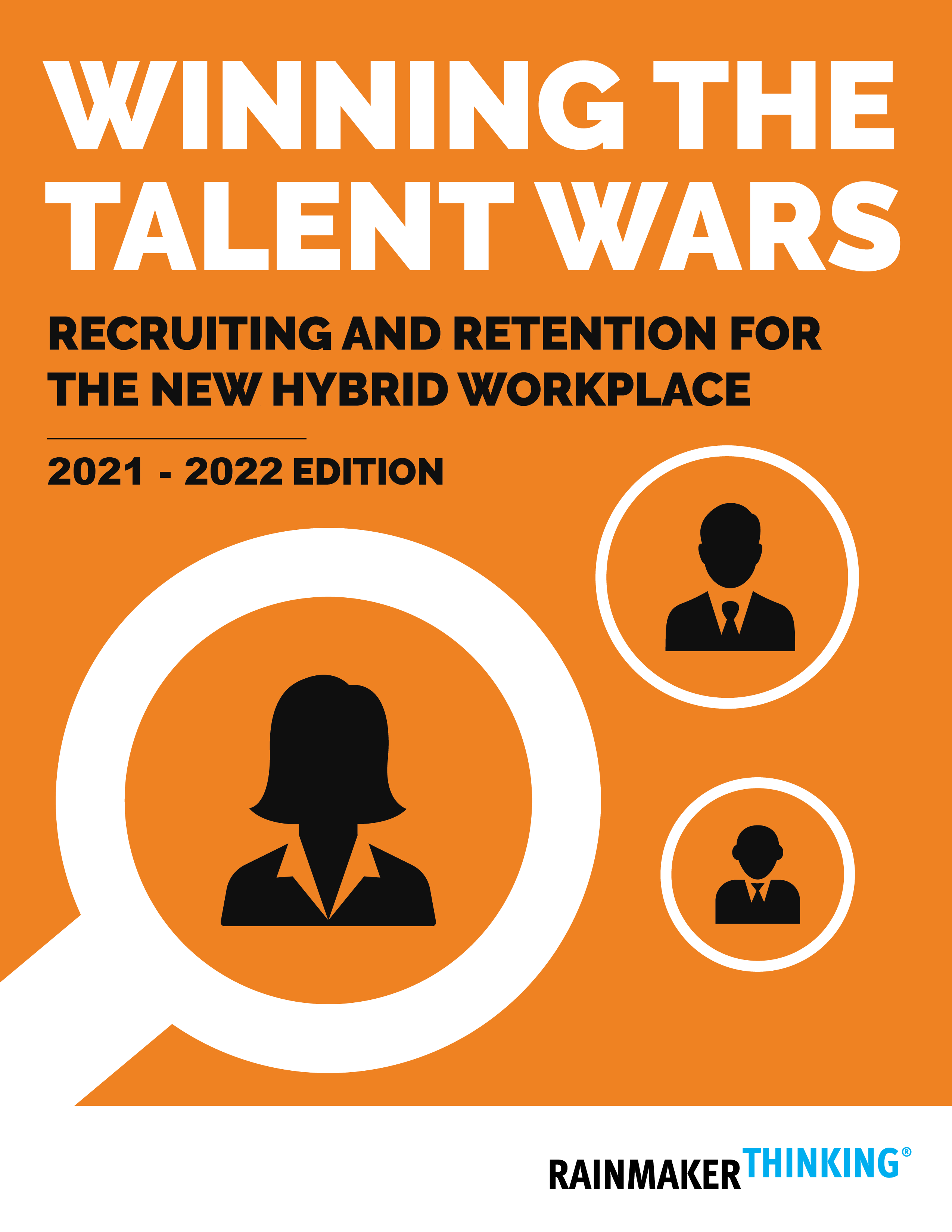How to structure new employee on-boarding for day one, week one, and the first three months

New hires almost always walk in the door with a spark of excitement. The question is: do you pour water on that spark, or gasoline? If you want to ignite the spark, focus on them from the moment they walk in the door. Day one is the most important day. Then week one. Then months one, two, and three.
Picture the United States Marine Corps and their on-boarding and up-to-speed training program for new recruits: Boot Camp. For thirteen weeks, recruits undergo intensive training, acquiring the physical and mental skills and sense of shared mission required to do a superior job. The Marine Corps doesn't pay much and the job is both difficult and dangerous. Yet, they are able to build 40,000 new Marines every year, with a washout rate that is so low it can hardly be measured.
You do not need obstacle courses or firing ranges in your own organization. What matters is replicating the intensity, the connection to mission, the feeling of shared experience and belonging, the steady learning, and the constant challenge. It means taking new employees seriously from day one, and every other day after that. The longer you sustain that intensity, the better.
Day one is the most important day
While some are better than others, most employers have only a minimal process for welcoming new employees and getting them on-board and up-to-speed. No matter how great a new hire may be, they still need to be managed, and more closely at first than most managers think.
On day one, get things off on the right foot by scheduling two one-on-one meetings with the new team member: one at the beginning of the day and one at the end of the day.
Begin your first meeting by explaining your modus operandi for managing, that is, building a regular, ongoing, one-on-one dialogue with every person who reports to you. Then, schedule your first two weeks of meetings with the new employee. Again, schedule more meetings than you think you really need to--it's always better to cancel unnecessary meetings than to try and cram in unanticipated ones.
In most cases, it's best to assign day-one learning objectives that help the new employee gain context for their role in the organization:
- Learn the vision, mission, values, and culture of the organization
- Understand where the team fits into the larger organization and what work they do
- Learn any broad performance standards or workplace expectations
- Learn the basic company systems, practices, and procedures
At the end of the day, check in on these learning objectives and fill in any information gaps you identify.
On-boarding for the first week
Once you've hammered away at these fundamentals, shift your one-on-ones to helping the new employee dig into the work. First discuss the current projects, tasks, and responsibilities being handled on the team. Then explain which projects, tasks, and responsibilities are owned by the new employee.
For each, offer:
- Examples of past work product, and work in progress
- Background materials, standard operating procedures, instructions, manuals, checklists, as well as answers to frequently asked questions
- Key people on and outside of the team with whom the new employee will work
- Opportunities to practice, shadow, or rough-draft, as appropriate
Though this is the kind of information the employee would eventually gather on the job, it is much more effective to learn is systematically according to a clear agenda, with learning resources provided along the way. Take special note: if the new employee is responsible for managing others, you must make it immediately clear that you expect them to manage their direct reports in a strong, highly-engaged manner.
Sustain on-boarding for the first three months of employment
Generally, in the first several weeks of employment there is a lot of running around, but much of the time is often relatively unstructured. A new hire may formally or informally buddy up with a set of colleagues and start taking cues from them. Keep your eye on that--make sure that your new employee is not taking cues from the wrong colleagues.
The solution is to make sure their schedule is highly structured for the first few weeks, not just in one-on-ones with you, but also in regular one-on-ones with everybody else. Don't leave that valuable use of time to chance. You need to leave some time each day for the new employee's self-study of learning resources you provide. But fill up most of their schedule in the first few weeks with one-on-ones with all those key players inside and outside the team.
After a few weeks, the new employee will have established ongoing dialogues with every individual with whom they will be working.
Build good habits from the start
With a concrete on-boarding plan, clear learning objectives, and supporting materials--and one or two daily one-on-ones--you will be amazed how quickly you can get a new employee on-board, up-to-speed, and operating at full capacity.
In the process, you will also introduce them to the power of high-structure, high-substance dialogue. Even if you meet just once a day for the first three weeks, the new employee will get into the habit.
Gain a strategic hiring advantage in 2021
Read more from our new white paper, Winning the Talent Wars: Recruiting and Retention for the Hybrid Workplace.
The post How to structure new employee on-boarding for day one, week one, and the first three months appeared first on RainmakerThinking.










